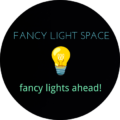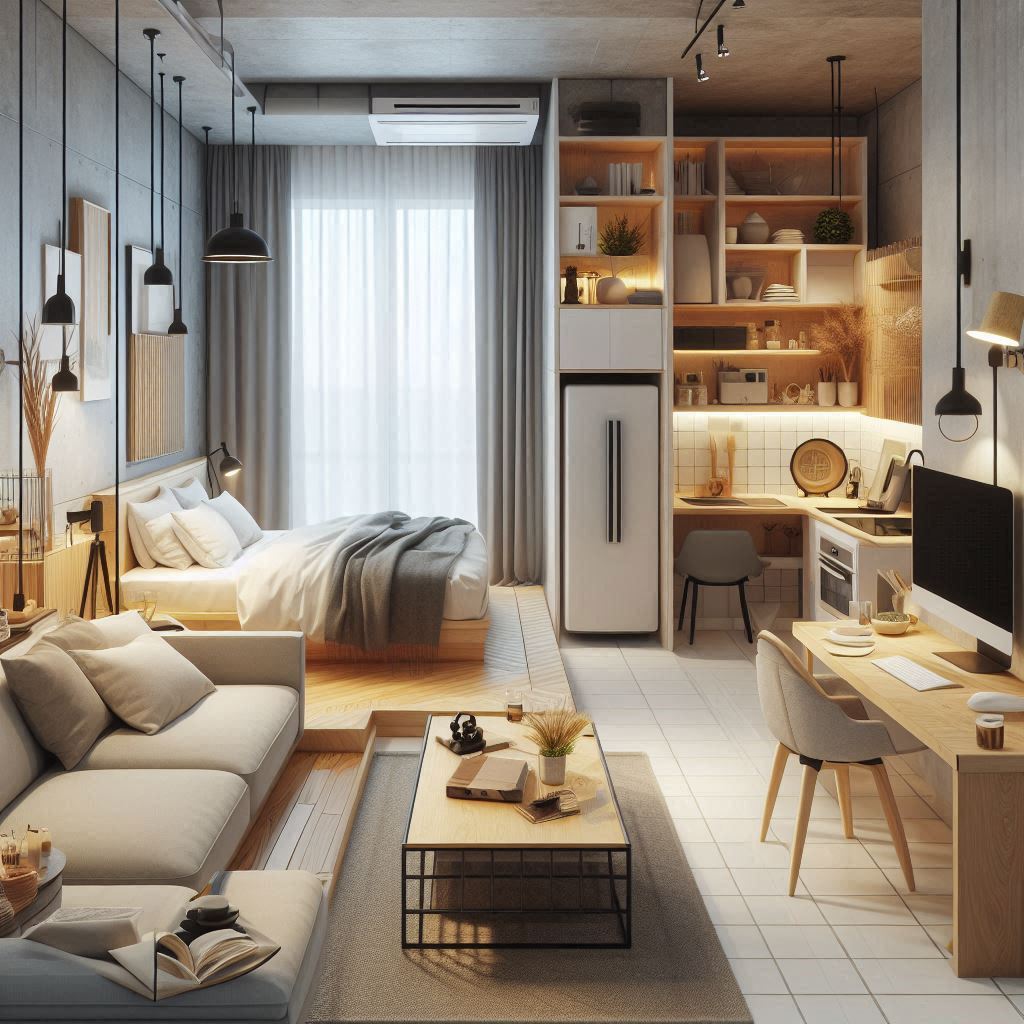Studio apartments may be small in square footage, but they are rich in potential. The key to unlocking this potential lies in smart lighting choices—particularly wall lights that can serve both functional and aesthetic needs. In an open-layout studio, where the kitchen, sleeping, working, and relaxing areas all blend into one, it becomes essential to use lighting not just to illuminate, but also to subtly divide and define.
Different Zones, Different Lights
Each area of a studio apartment performs a different role, and therefore deserves a different glow:
· Sleeping Nook: Soft, warm wall sconces or dimmable fixtures provide a calming ambiance without overwhelming the space.
· Kitchenette or Cooking Area: Bright, focused wall-mounted task lighting helps with meal prep and adds energy to the zone.
· Workspace: Cool-toned wall lights with directional heads support focus and reduce eye strain during reading or computer use.
· Living Corner: Accent lighting, such as uplighters or artistic sconces, brings out textures or décor elements and makes the space feel inviting.
The Need for Cohesion
While it’s important that each zone gets its own unique lighting character, it’s equally crucial that all the lighting fixtures feel like part of the same story. This can be achieved through:
· Consistent Color Temperatures: Warm or neutral tones should run across all areas for visual continuity.
· Unified Fixture Design: Choosing wall lights in the same material or design family maintains harmony.
· Subtle Transitions: Use adjustable or dimmable wall lights to blend one area into another without abrupt changes in brightness or color.
Smart Layering in a Small Space
Studio apartments thrive on versatility. Wall lights that offer features like swiveling arms, integrated dimmers, or color tuning add adaptability. This allows one fixture to serve multiple purposes—reading light by day, ambient glow by night—without crowding the limited wall space.
Final Glow
Wall lights in a studio apartment are not just practical—they are essential design tools. They help shape the mood of each zone while maintaining a visual rhythm throughout the open layout. With thoughtful placement and coordinated aesthetics, even the smallest spaces can feel expansive, intentional, and beautifully lit.

